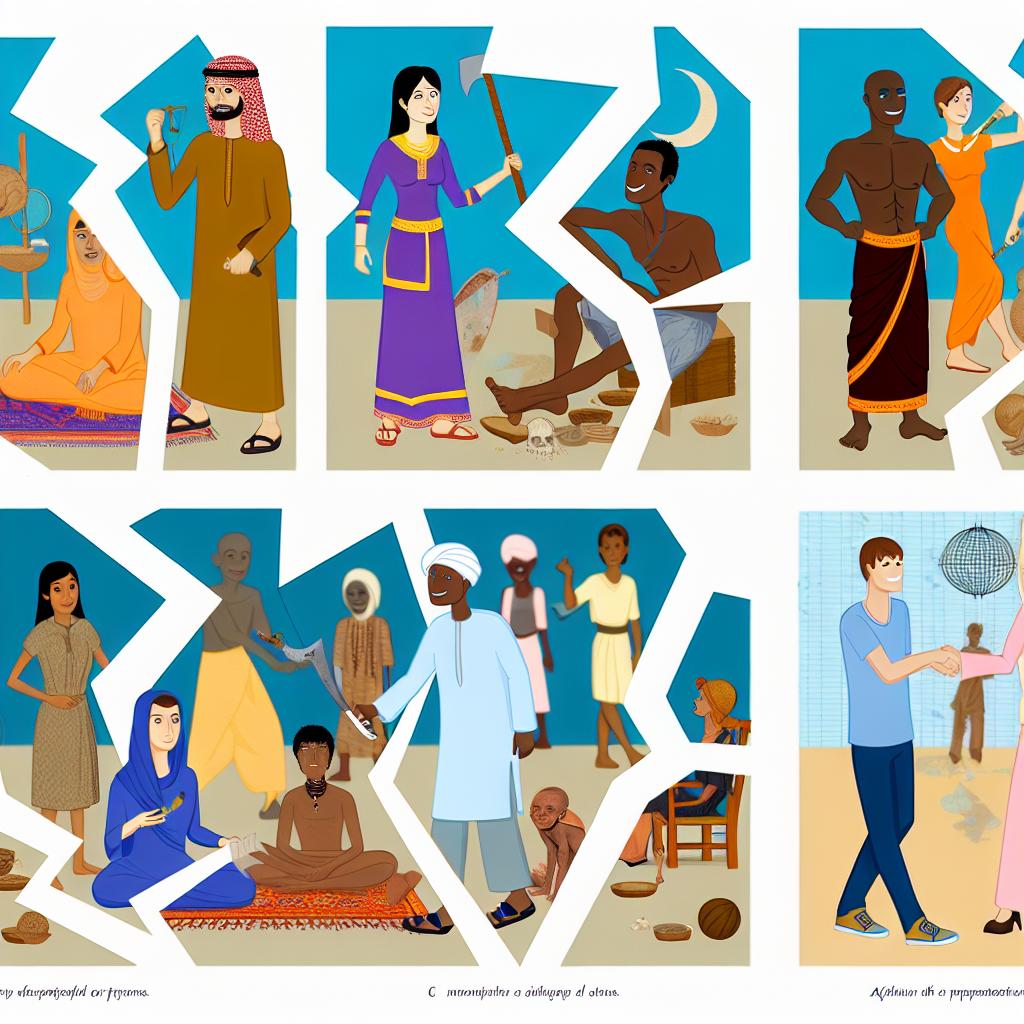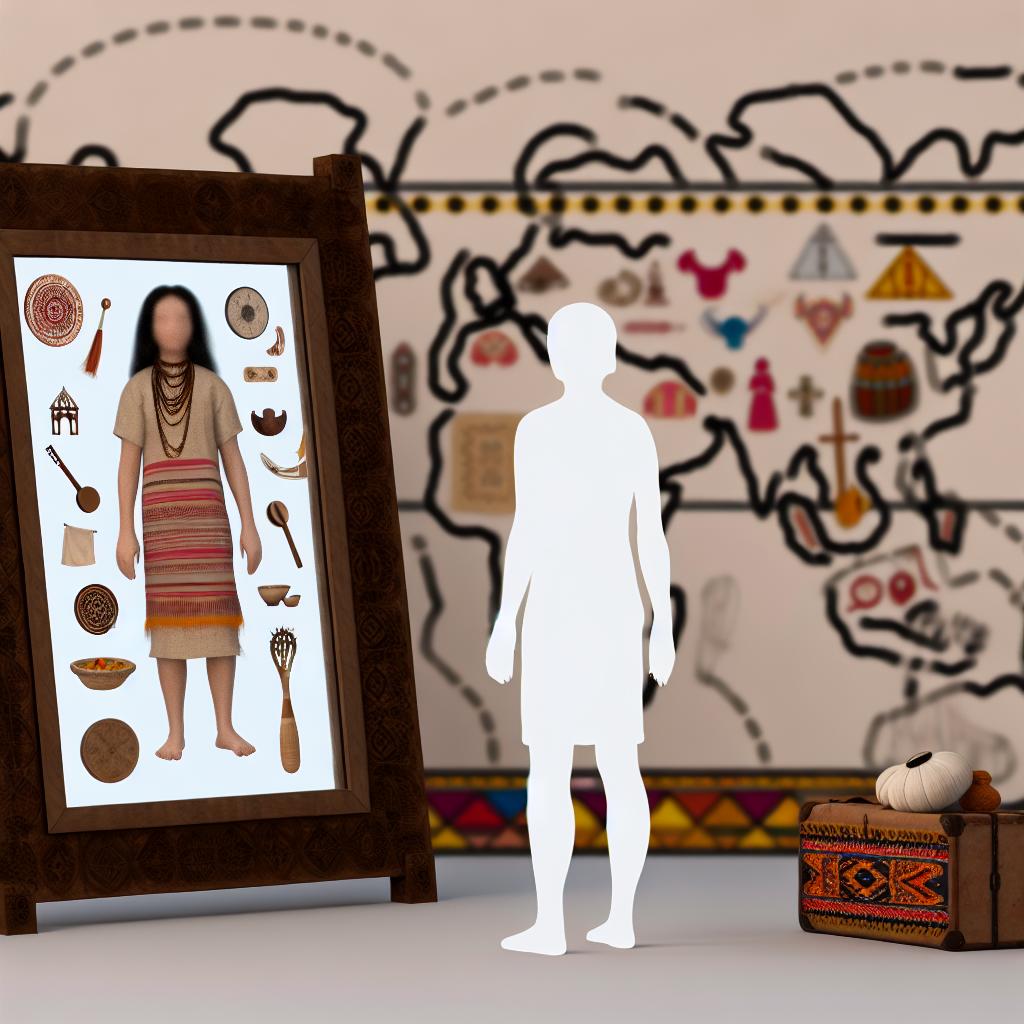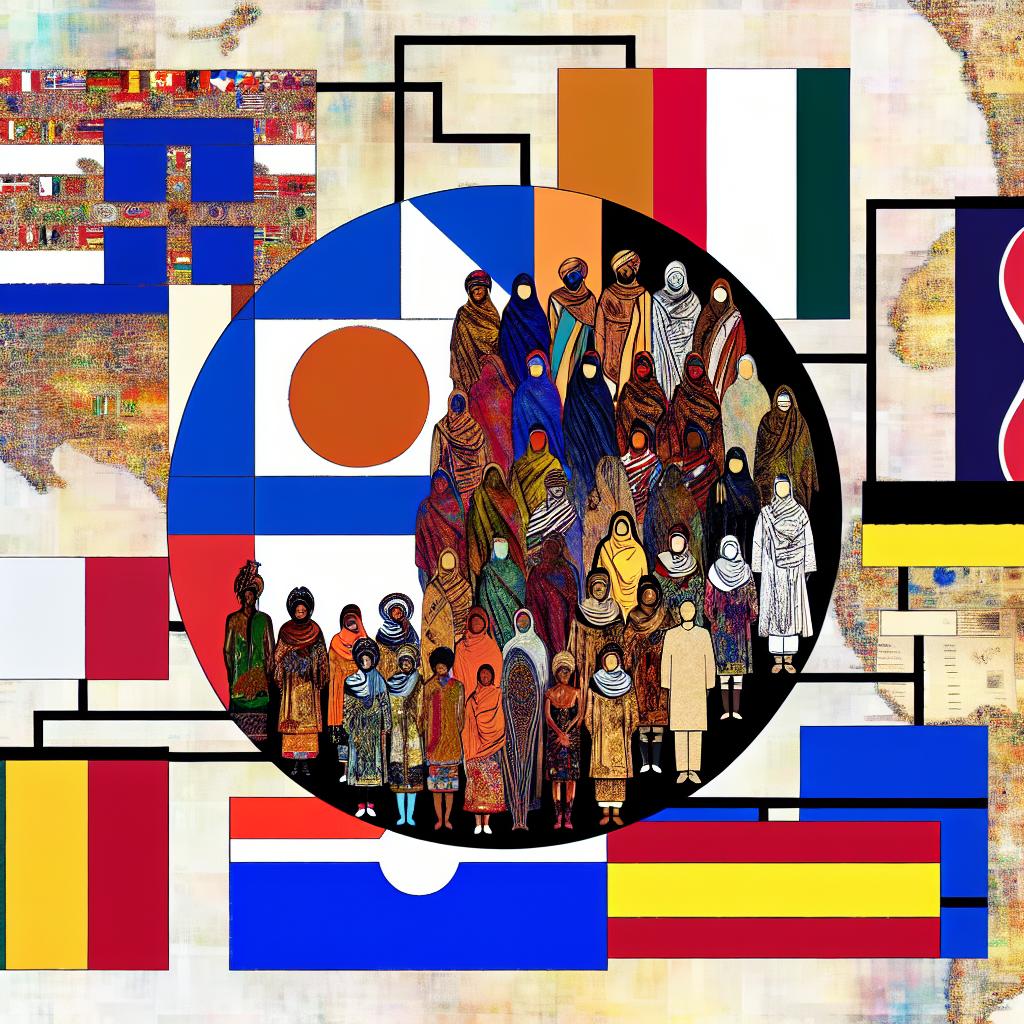Introduction to Gender Representation in Global Cultures
Understanding the representation of gender across different cultures allows us to appreciate the complexities and diversities that exist worldwide. Gender roles and identities vary significantly, influenced by social, economic, religious, and historical contexts. These variations are not just universal differences but are rooted in the unique fabric of each culture. As we delve deeper into this subject, it is important to examine how traditional beliefs, modern transformations, and media influence have shaped the way gender is understood and expressed globally.
Traditional Gender Roles: Historical Perspectives
The concept of gender roles is as old as humanity itself. Traditional gender roles often portray a dichotomy between what is expected of men and women. Predominantly, cultures worldwide have adhered to a binary understanding of gender, assigning specific roles to men and women based on perceived natural attributes.
Societal Structures and Gender
In many societies, traditional gender roles have outlined distinct paths for males and females. Men have been typically associated with roles of dominance and control, often seen as primary providers and protectors. Their responsibilities extended to ensuring their family’s economic stability and safeguarding societal order. This dynamic fostered a perception of men as superior in leadership and strength.
Women, conversely, have often been confined to the domestic sphere, tasked with caregiving and nurturing roles. Their duties included managing the household, raising children, and providing emotional support to family members. This division of labor has reinforced notions of female fragility and dependence, thereby impacting their status in many communities.
Matriarchal Societies: A Different Paradigm
While the patriarchal setup is prevalent globally, matriarchal societies present a contrasting dynamic. Here, women hold central authority positions and make key decisions affecting family and community.
The Mosuo Society
The Mosuo society in China is a prominent example of a culture where women play a dominant role. This matrilineal community grants women control over property and inheritance, with lineage traced through the female line. Women manage economic affairs and lead family units, providing a distinct understanding of leadership and power dynamics.
The Minangkabau People
Similarly, the Minangkabau ethnic group in Indonesia exemplifies a matrilineal system. Here, women inherit property, and their maternal uncles are entrusted with overseeing these assets. This cultural structure underscores the significant roles women play in governing societal and familial affairs, allowing a departure from conventional male-centric power structures.
Patriarchal Systems: Dominance and Gender Inequality
Despite the existence of matriarchal societies, patriarchal systems dominate many regions globally. These systems prioritize male authority, influencing both public policy and private life dynamics.
Impact on Women’s Roles
In patriarchal societies, men are often positioned in roles of leadership and policy-making across various institutions, from governmental bodies to corporate organizations. This dominance restricts women’s access to decision-making roles and fosters gender disparities in professional and social spheres.
Women’s presence in certain fields, especially those traditionally associated with strength and authority, such as law, politics, and engineering, is limited by these systemic structures. The perpetuation of stereotypes concerning women’s capabilities is a barrier to gender equality.
Cultural Imperatives and Change
In recent years, efforts to challenge patriarchal norms and reform gender systems have gained momentum. Activism, legislation, and educational initiatives seek to dismantle stereotypes, promote equal opportunities, and create inclusive environments for all genders, showcasing a gradual shift toward more egalitarian societal structures.
Modern Gender Identity: An Evolving Understanding
In the contemporary era, the concept of gender is undergoing significant transformation. Societies increasingly recognize diverse gender identities and acknowledge that gender is not confined to a binary framework.
Fluid and Non-binary Concepts
Non-binary and fluid gender identities challenge traditional perceptions, advocating for a more inclusive understanding of gender. Legal reforms in many countries now protect the rights of individuals who identify outside the binary categories of male and female.
South Asian and Indigenous Perspectives
In South Asia, the Hijra community has long been recognized as a distinct gender. Their presence and cultural role challenge binary gender constructs and highlight diverse gender acceptance in traditional settings.
Similarly, some Indigenous cultures in the Americas recognize Two-Spirit people, who embody both masculine and feminine qualities. This cultural identity underscores a non-binary approach to gender, rooted in deep spiritual and cultural beliefs.
Impact of Globalization on Gender Representation
As the world becomes more interconnected, globalization has a profound impact on gender representation. It facilitates a cross-cultural exchange of ideas, leading to a broader acceptance of diverse gender identities.
Cultural Exchanges and Diffusion
Through globalization, concepts of gender equality and diversity are gaining traction. International dialogues and movements advocate for the inclusion of all genders, facilitating legal and social changes that recognize a spectrum of gender identities.
Exposure to diverse cultural practices enriches traditional societies, encouraging them to adapt and integrate broader gender narratives. This exchange of ideas fosters a more comprehensive understanding of gender identity across the globe.
The Role of Media and Education in Shaping Gender Perceptions
Media and educational systems are instrumental in shaping societal perceptions of gender. They possess the power to redefine gender norms and promote an inclusive understanding of diverse identities.
Media as a Catalyst for Change
Films, literature, and art are powerful tools in challenging stereotypes and advancing inclusivity. Thoughtful portrayals of diverse gender identities encourage audiences to question traditional roles and embrace differences.
Educational Systems and Curricula
Education plays a critical role in fostering understanding and acceptance. Inclusive curricula that represent diverse identities and experiences encourage students to appreciate varied cultural perspectives on gender. They provide opportunities to engage in dialogue, promoting a culture of respect and equality.
Conclusion: Towards Inclusivity and Equality
The representation of gender in global cultures is rich and multifaceted, reflecting a tapestry of beliefs and practices. By appreciating and understanding these differences, societies can foster inclusivity and equality. Moving toward a future where everyone is seen and heard, regardless of gender identity, requires ongoing dialogue and openness to transformation.
In pursuing this goal, it is crucial to encourage continuous cultural exchange, support legal reforms that protect all gender identities, and utilize media and education as tools to advance the vision of an inclusive world where gender does not limit individual potential.



